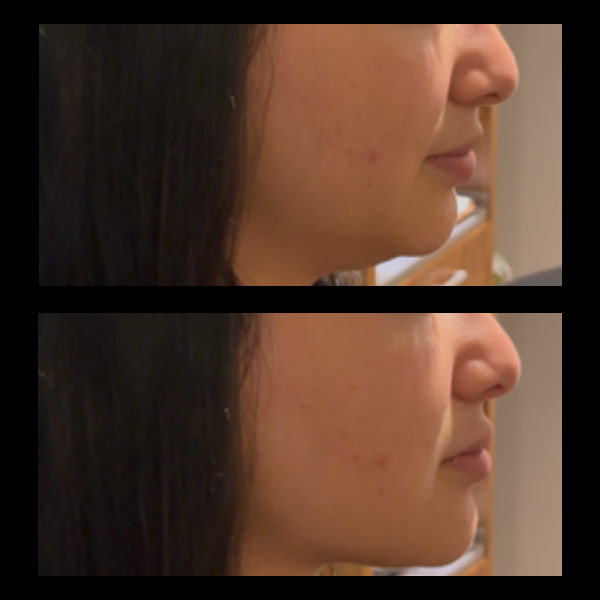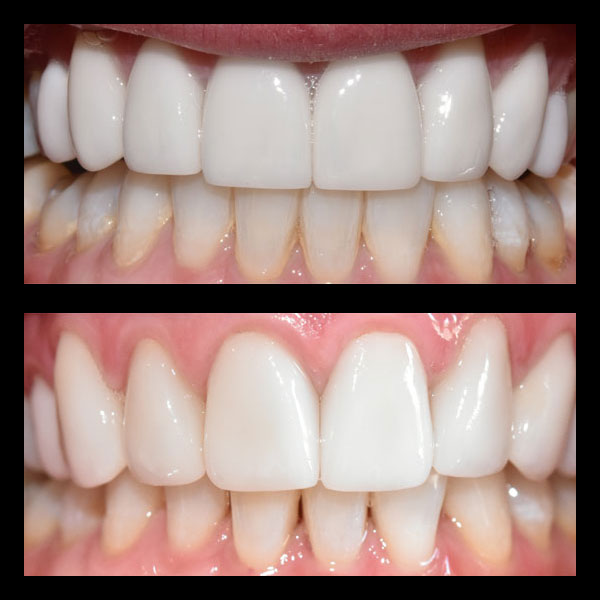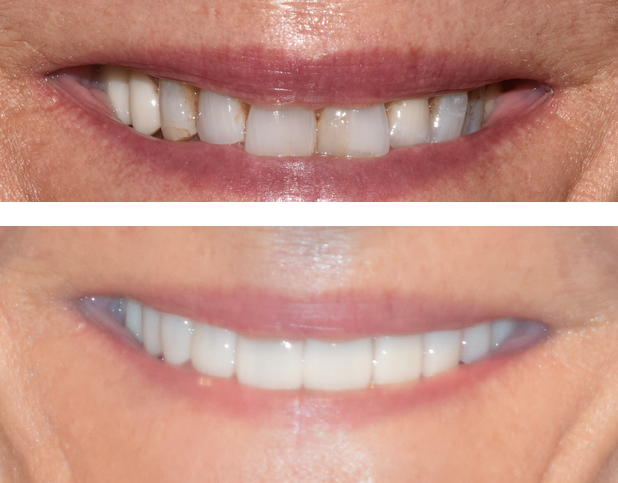Hey everyone, happy Wednesday! It’s April 16th, 2025, and today I want to dive into something genuinely transformative in the world of dentistry – something that sounds futuristic but is helping create amazing smiles right here, right now. We’re talking about 3D digital planning for dental implants. If you’ve ever felt a little nervous about dental procedures, especially something like an implant, the idea of “predictability” probably sounds pretty darn good. Well, spoiler alert: it is! After more than a decade of writing about health and wellness, technology continues to amaze me, especially when it makes complex procedures safer and more reliable for patients.
Let’s be honest, the thought of getting a dental implant can feel daunting. You want the best possible outcome, right? A tooth that looks, feels, and functions naturally, without complications. That’s where the magic of digital planning comes in, taking much of the guesswork out of the equation and paving the way for truly predictable outcomes.
Understanding 3D Digital Planning in Implant Dentistry
So, what exactly *is* 3D digital planning? Think of it like creating a perfect, ultra-detailed blueprint for your mouth before any actual work begins. Instead of relying solely on traditional 2D X-rays, which only show a flat image, we now use incredible technology like Cone Beam Computed Tomography (CBCT). A CBCT scan creates a comprehensive 3D image of your jawbone, existing teeth, nerves, and sinuses. It’s like having a GPS map of your unique oral landscape.
This detailed 3D map is then loaded into sophisticated software. Here, dentists can virtually place the implant, experimenting with the ideal position, angle, and depth—all on a computer screen. They can see exactly how the implant relates to surrounding structures, ensuring vital nerves are avoided and the final tooth will align perfectly for both function and aesthetics. It’s precision planning on a whole new level! This integration of cutting-edge technology allows for a meticulously planned procedure, moving far beyond the limitations of older methods.
Why is this predictability so significant? For you, the patient, it means several things:
- Increased Safety: Knowing the exact location of nerves and other structures drastically reduces the risk of complications.
- Better Results: Precise placement leads to implants that integrate better with the bone, function optimally, and look more natural.
- Reduced Anxiety: Seeing the plan beforehand and understanding the process can significantly ease pre-procedure jitters. You know what to expect.
- Potentially Faster Procedures & Recovery: Often, digitally planned surgeries can be performed more efficiently and sometimes with smaller incisions, leading to less discomfort and quicker healing.
Here in Boulder, practices like Incredible Smiles are really embracing these technological advancements. It’s not just about *having* the tech; it’s about using it thoughtfully within a holistic approach to patient care. Seeing dentistry evolve like this, especially in ways that directly enhance patient safety and results, is genuinely exciting. The ongoing trend in 2025 continues to be toward more digital integration, from AI-assisted diagnostics to 3D printing and guided surgeries, making high-quality care more precise and accessible than ever.
Exploring the Benefits of Digital Planning for Dental Implants
Okay, we’ve touched on predictability, but let’s really unpack the advantages of using 3D digital planning for your dental implants. It’s more than just fancy tech; it delivers real-world benefits that make a tangible difference in your treatment journey.
One of the biggest wins is undoubtedly improved accuracy. Imagine trying to hang a picture perfectly straight using only your eyes versus using a level and measuring tape. Digital planning is like having the most advanced level and measuring system imaginable for implant placement. The software allows the dentist to determine the *exact* optimal spot, angle, and depth for the implant, considering bone density and surrounding anatomy in minute detail [18]. This precision is crucial for the implant’s long-term stability and the natural appearance of the final crown.
This accuracy directly translates to enhanced safety. By meticulously mapping out the surgical area in 3D, dentists can clearly visualize and avoid critical structures like nerves and sinuses [17]. This significantly minimizes the risk of surgical complications, giving patients greater peace of mind.
Furthermore, digital planning often enables a minimally invasive approach. Because the dentist knows precisely where the implant needs to go, they can often use a surgical guide—a custom template created using the digital plan and often 3D printed [17]. This guide directs the implant placement accurately, sometimes allowing for smaller incisions or even a ‘flapless’ technique (no large cuts in the gum tissue). Less invasive surgery typically means less post-operative discomfort, reduced swelling, and faster healing times [3]. Who wouldn’t want that?
Ultimately, all these factors contribute to superior functional and aesthetic results. An implant placed with such precision is more likely to integrate successfully with the jawbone (osseointegration), provide stable support for the final crown, and contribute to a smile that looks and feels completely natural.
How Does it Work, Simply Put?
Let’s break down the typical digital planning workflow:
- Scanning: First, detailed images are captured. This usually involves a CBCT scan for that 3D view of your bone and anatomy [18], and often an intraoral digital scan (using a small wand scanner) to capture the shape of your teeth and gums – no more goopy impression trays! [7]
- Virtual Planning: These scans are merged in specialized software. The dentist then virtually places the implant, adjusting its position for the perfect fit and outcome, sometimes even designing the future crown digitally at this stage [17].
- Surgical Guide Creation (Optional but common): Based on the digital plan, a precise surgical guide can be designed and 3D printed. This template fits over your existing teeth or gums during surgery and has a channel that guides the implant placement exactly as planned [17].
- Guided Surgery: During the procedure, the dentist uses the surgical guide (if applicable) to place the implant with exceptional accuracy, following the pre-determined plan.
This seamless integration of digital scanning, powerful software, and sometimes 3D printing leads to implant placement that is not just planned, but executed with remarkable precision.
Digital Workflow and Technological Integration at Incredible Smiles
It’s one thing to talk about the technology in general, but it’s another to see how it’s expertly applied in a practice dedicated to exceptional patient care. At Incredible Smiles here in Boulder, the advanced digital workflow isn’t just an add-on; it’s woven into their holistic approach to dentistry.
They utilize a suite of state-of-the-art technologies to ensure that predictable outcomes for dental implants are the standard. This includes:
- 3D Cone Beam Imaging (CBCT): This is the cornerstone of digital planning, providing those essential, detailed 3D views of your jaw and facial structures [7].
- Digital Scanning: Replacing traditional impressions, intraoral scanners create highly accurate digital models of your mouth quickly and comfortably [7]. These models are crucial for planning and designing restorations.
- Lasers: Advanced dental lasers can be used for various procedures, often offering minimally invasive treatment options and promoting faster healing [4].
But technology is only as good as the hands and minds guiding it. This is where the experience and artistry of dentists like Dr. Priya Uppal and Dr. Lori Kemmet come into play. With over 30 years of combined experience, they don’t just use the technology; they leverage it strategically. Their deep understanding of dental science, occlusion (how your teeth fit together), and facial aesthetics allows them to interpret the digital information and create personalized treatment plans that are both technically precise and artistically balanced. It’s this blend of cutting-edge tools and seasoned expertise that truly sets the stage for success.
The 3D digital planning process informs not only single implant placements but is invaluable for more complex procedures offered at Incredible Smiles, such as:
- Dental Implants: Ensuring each individual implant is perfectly positioned for stability and aesthetics.
- Full Mouth Reconstruction: When multiple teeth need restoration, digital planning is essential for creating a harmonious, functional, and comfortable bite across the entire mouth. This comprehensive approach ensures every element works together seamlessly.
By integrating these digital tools into their established physiologic (neuromuscular) techniques, Incredible Smiles achieves results that are not only beautiful but also function correctly and are built to last. It’s about seeing the bigger picture – how the implant fits into the overall health and harmony of your smile.
Enhancing Patient Experience in Boulder, Colorado
Let’s face it, going to the dentist isn’t always perceived as a trip to the spa. But practices like Incredible Smiles are working hard to change that perception, and technology plays a part alongside a genuinely patient-focused approach. Here in beautiful Boulder, Colorado, they understand that the overall experience matters just as much as the clinical outcome.
Their warm, spa-like environment is designed to put you at ease from the moment you walk in. It’s clear they prioritize comfort and relaxation, which can make a huge difference, especially if you feel a bit anxious about dental work. This focus on total patient wellness complements their high-tech capabilities perfectly.
How does the 3D digital planning tie into the patient experience? Knowing that your implant procedure is being planned with such meticulous detail using the latest technology provides immense reassurance [3]. It builds confidence and trust. Visualizing the plan on a screen, understanding how potential risks are minimized, and anticipating a more predictable, potentially less invasive procedure can significantly reduce stress.
Incredible Smiles also recognizes that convenience is key in our busy lives. Catering to the needs of professionals and those with active lifestyles in Boulder, they make accessing care easier. As the persona information suggests many patients use mobile devices, ensuring seamless mobile navigation for finding information and, crucially, scheduling appointments is a priority. An optimized patient journey starts long before you sit in the dental chair – it begins with easy access and clear communication.
So, wrapping it all up, the journey to a restored smile with dental implants has been significantly enhanced by 3D digital planning. It brings a level of precision and predictability that was simply unattainable with older methods [11]. This technology, when combined with the artistic vision and extensive experience found at Incredible Smiles, results in outcomes that are not only clinically successful but also aesthetically pleasing and contribute positively to your overall well-being.
If you’re in the Boulder area and considering dental implants or other restorative work, embracing a practice that utilizes this advanced digital workflow means choosing a path defined by accuracy, safety, and confidence. You’re not just getting a tooth replaced; you’re investing in a predictable, long-lasting solution designed with your unique anatomy and smile goals in mind.
Have questions about 3D digital planning or how dental implants could work for you? Drop a comment below, or better yet, reach out to the team at Incredible Smiles to schedule a consultation. They can show you firsthand how technology and expertise combine to create truly incredible results!
Frequently Asked Questions
What is 3D digital planning in dental implants?
3D digital planning involves using advanced imaging technology, such as Cone Beam Computed Tomography (CBCT), to create detailed three-dimensional maps of a patient’s oral structure. This digital blueprint allows dentists to precisely plan the placement of dental implants, minimizing risks and ensuring more predictable results.
How does 3D digital planning improve the safety of dental implant procedures?
3D digital planning enhances safety by providing a comprehensive view of the jawbone, teeth, nerves, and sinuses. This detailed information helps dentists avoid critical structures during surgery, significantly reducing the risk of complications.
What are the benefits of minimally invasive dental implant surgery?
Minimally invasive surgery guided by 3D digital planning typically results in smaller incisions, reducing discomfort and swelling. This approach often leads to quicker healing times and less postoperative discomfort for the patient.
Why is predictability important in dental implant procedures?
Predictability ensures that dental implants are placed accurately, resulting in optimal function and aesthetics. It minimizes unexpected surgical challenges and provides the patient with a clearer understanding of the procedure and expected outcomes.
How does digital planning contribute to a better patient experience in dental procedures?
Digital planning enhances patient experience by allowing them to see the planned procedure in advance, easing anxiety. It often results in less invasive surgeries, and the use of modern technology can create a more comfortable and reassuring environment during dental visits.








